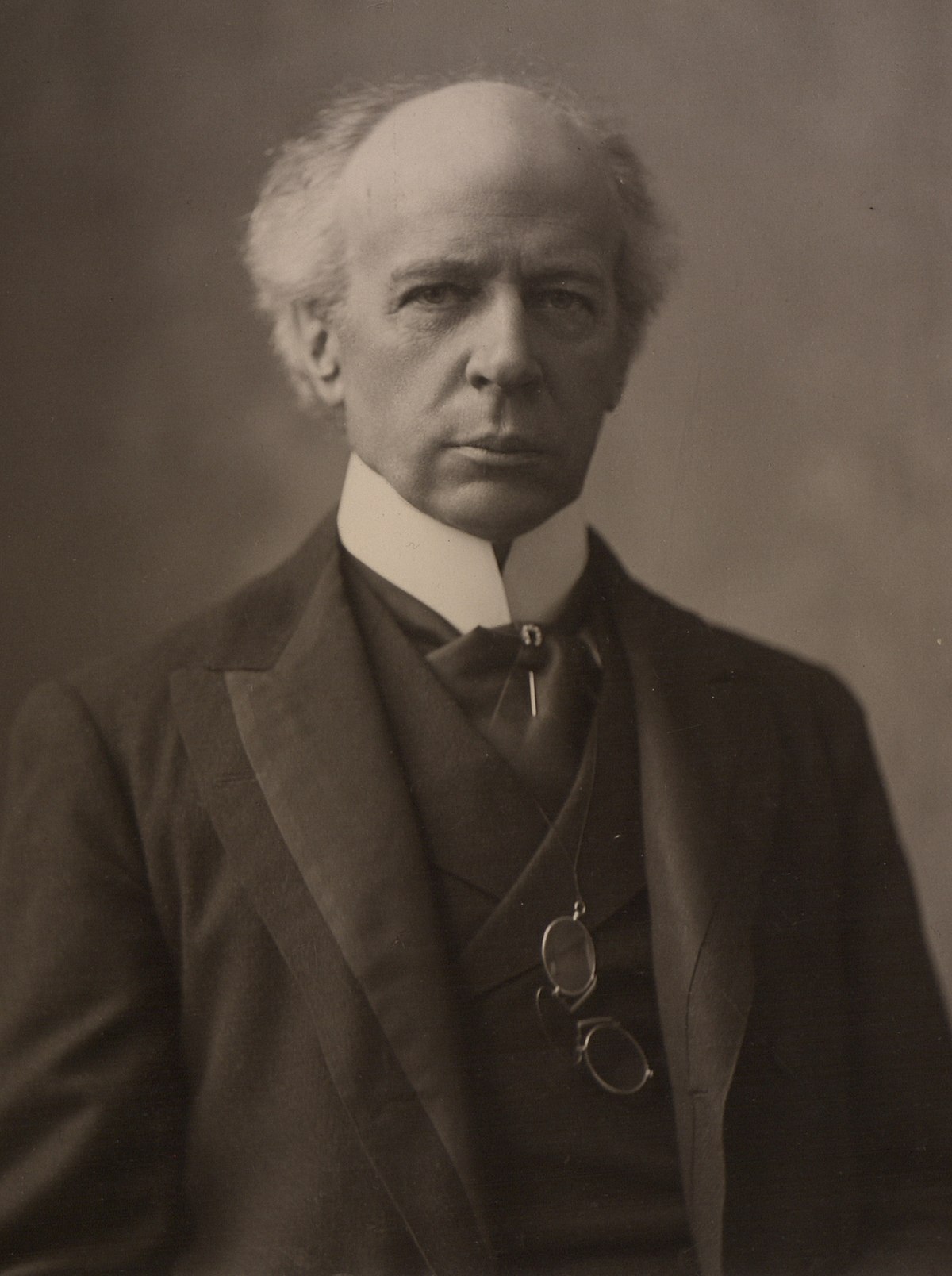您正在使用一款已经过时的浏览器!部分功能不能正常使用。
请尝试升级或使用 其他浏览器。
请尝试升级或使用 其他浏览器。
面对左们的如潮攻势,一龙怂了,修改了CBC的标签
- 主题发起人 ztbll
- 开始时间
- 注册
- 2003-04-13
- 消息
- 238,108
- 荣誉分数
- 37,486
- 声望点数
- 1,393
下任总理会告诉你你到底错在那里。
你若能把你那选区改变颜色,我就彻底服了U。
- 注册
- 2003-04-13
- 消息
- 238,108
- 荣誉分数
- 37,486
- 声望点数
- 1,393

Canadian Broadcasting Corporation - Wikipedia
In 1929, the Aird Commission on public broadcasting recommended the creation of a national radio broadcast network. A major concern was the growing influence of American radio broadcasting as U.S.-based networks began to expand into Canada. Meanwhile, Canadian National Railways was making a radio network to keep its passengers entertained and give it an advantage over its rival, CP. This, the CNR Radio, is the forerunner of the CBC. Graham Spry and Alan Plaunt lobbied intensely for the project on behalf of the Canadian Radio League.[6] In 1932 the government of R. B. Bennett established the CBC's predecessor, the Canadian Radio Broadcasting Commission (CRBC).[7]
The CRBC took over a network of radio stations formerly set up by a federal Crown corporation, the Canadian National Railway. The network was used to broadcast programming to riders aboard its passenger trains, with coverage primarily in central and eastern Canada. On November 2, 1936, the CRBC was reorganized under its present name. While the CRBC was a state-owned company, the CBC was a Crown corporation on the model of the British Broadcasting Corporation, which had been reformed from a private company into a statutory corporation in 1927. Leonard Brockington was the CBC's first chairman.[8]
For the next few decades, the CBC was responsible for all broadcasting innovation in Canada. This was in part because, until 1958, it was not only a broadcaster, but the chief regulator of Canadian broadcasting. It used this dual role to snap up most of the clear-channel licences in Canada. It began a separate French-language radio network in December 1937.[9] It introduced FM radio to Canada in 1946, though a distinct FM service was not launched until 1960.[9][10]
Television broadcasts from the CBC began on September 6, 1952, with the opening of a station in Montreal, Quebec (CBFT), and a station in Toronto, Ontario (CBLT) opening two days later.[11][12] The CBC's first privately owned affiliate television station, CKSO in Sudbury, Ontario, launched in October 1953.[13][14] At the time, all private stations were expected to affiliate with the CBC, a condition that relaxed in 1960–61 with the launch of CTV.
From 1944 to 1962, the CBC split its English-language radio network into two services known as the Trans-Canada Network and the Dominion Network. The latter, carrying lighter programs including American radio shows, was dissolved in 1962, while the former became known as CBC Radio. (In the late 1990s, CBC Radio was rebranded as CBC Radio One and CBC Stereo as CBC Radio Two. The latter was rebranded slightly in 2007 as CBC Radio 2.)
On July 1, 1958, CBC's television signal was extended from coast to coast. The first Canadian television show shot in colour was the CBC's own The Forest Rangers in 1963.[15] Colour television broadcasts commenced on July 1, 1966, and full-colour service began in 1974.[16][17] In 1978, CBC became the first broadcaster in the world to use an orbiting satellite for television service, linking Canada "from east to west to north". The mission of CBC is contribution to the "moral economy of the nation".[18]
metropolis
本站元老
- 注册
- 2010-12-10
- 消息
- 12,530
- 荣誉分数
- 2,871
- 声望点数
- 373
- 注册
- 2003-04-13
- 消息
- 238,108
- 荣誉分数
- 37,486
- 声望点数
- 1,393
什么颜色不重要,因为都在同一块土地上生活。但必须让土豆滚蛋,结束他作为全球主义大重启势力在加拿大代理人的身份。
- 注册
- 2003-04-13
- 消息
- 238,108
- 荣誉分数
- 37,486
- 声望点数
- 1,393
美国和加拿大都是两党轮番执政,尿布总是要换的,不会一党一直执政下去。
在加拿大联邦这一层,自由党执政年限高出几个保守党的年限总和。
半斤八两。等着选民看腻了换尿布吧。
Canadian Election Results: 1867-2021
Information on Canadian federal election results from 1867-2021, with party seats, percent of vote, number of candidates, and voter turnout for each election.
www.sfu.ca
最后编辑:
- 注册
- 2003-04-13
- 消息
- 238,108
- 荣誉分数
- 37,486
- 声望点数
- 1,393
什么颜色不重要,因为都在同一块土地上生活。但必须让土豆滚蛋,结束他作为全球主义大重启势力在加拿大代理人的身份。
按在任年限,小特鲁多排在第10位。咋整?

List of prime ministers of Canada by time in office - Wikipedia
8年就把国家祸害成这样,还要咋整?大概2年前土豆任内的政府债务超过所有其他总理任内债务总和,现在也许double了,这些都是你和你的后代要替他偿还的。按在任年限,小特鲁多排在第10位。咋整?

List of prime ministers of Canada by time in office - Wikipedia
en.wikipedia.org
浏览附件1090691
按在任年限,小特鲁多排在第10位。咋整?

List of prime ministers of Canada by time in office - Wikipedia
en.wikipedia.org
浏览附件1090691
浏览附件1090692
民主就是这样。大家日子好过一点,就选一个左派纨绔子弟来糟蹋,因为大家的内心其实都是纨绔子弟,希望不劳而获。只是实在是搞乱了,要垮了,再不回头就冲下悬崖了,才选出一个右派政党和政客出来矫正一下。虽然这些右派们其实比左派也只是50步和100步的区别,但悬崖往往就在那50步和100步之间。
我早说过,基督教社会,包括它的民主、自由、科学、平等、....... 都只是对基督教会日常生活的蹩脚模仿,模仿了外在形态却无法实现其本质。而基督教会的生活也只是对基督的生命努力但蹩脚的模仿而已。
最后编辑:
- 注册
- 2003-04-13
- 消息
- 238,108
- 荣誉分数
- 37,486
- 声望点数
- 1,393
民主就是这样。大家日子好过一点,就选一个左派纨绔子弟来糟蹋,因为大家的内心其实都是纨绔子弟,希望不劳而获。只是实在是搞乱了,要垮了,再不回头就冲下悬崖了,才选出一个右派政党和政客出来矫正一下。虽然这些右派们其实比左派也只是50步和100步的区别,但悬崖往往就在那50步和100不之间。
那咋自由党执政年限高出几个保守党的年限总和呢?
如果Pierre Poilievre选择不在Carleton选区竞选,他还能当选么?
最后编辑:

